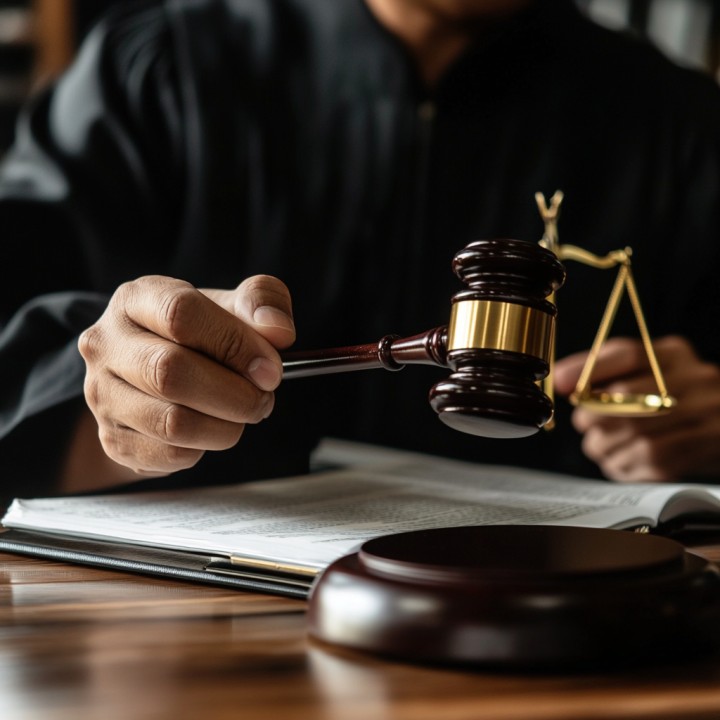Types and Locations of Toll Roads
Texas toll roads are managed by various entities, including the Texas Department of Transportation (TxDOT), regional mobility authorities, and private companies. These toll roads are designed to ease traffic congestion and provide faster travel options. Major toll roads include the Sam Houston Tollway, Dallas North Tollway, and the Central Texas Turnpike System.
Payment Methods for Texas Tolls
Various Ways to Pay Tolls
Texas offers multiple payment methods for toll roads, ensuring convenience for all drivers. The main methods include:
- TollTag/Electronic Toll Collection: Using a transponder for automatic payments.
- Pay-by-Mail: Receiving an invoice and paying by mail.
- Cash Payments: Available at certain toll booths.
- Online Payments: Using websites for quick payments.
Using a TollTag
Benefits and How to Get One
A TollTag is an electronic transponder that allows for automatic toll payments as you pass through toll plazas. The benefits of using a TollTag include:
- Discounted Rates: TollTag users often receive lower toll rates.
- Convenience: Automatic payments save time and hassle.
- Account Management: Easy online access to manage your account and monitor usage.
How to Get a TollTag:
- Visit the TollTag Website: Go to the official TollTag website (such as NTTA, HCTRA, or TxTag).
- Sign Up: Complete the online application form.
- Install the Transponder: Follow instructions to install the TollTag in your vehicle.
- Load Your Account: Add funds to your TollTag account to cover toll costs.
Paying Tolls Online
Step-by-Step Guide
- Visit the Toll Authority’s Website: Access the website of the toll road authority managing the toll road you used.
- Enter Your Information: Provide vehicle details and the date/time of toll road usage.
- Review Charges: Verify the toll charges incurred.
- Make Payment: Use a credit card or other accepted payment methods to pay your tolls.
Paying Tolls by Mail
Instructions for Mail Payments
- Receive Invoice: You will receive a toll invoice by mail if you do not have a TollTag.
- Prepare Payment: Include the invoice number on your check or money order.
- Mail Payment: Send your payment to the address provided on the invoice.
Cash Payments on Toll Roads
Locations and Process
Cash payments are accepted at certain toll booths on specific toll roads. Ensure you have exact change or small bills as some booths may not provide change.
Handling Missed Toll Payments
Steps to Take and Avoid Penalties
- Check for Notices: If you miss a toll payment, you will receive a notice by mail.
- Pay Promptly: Pay the outstanding amount immediately to avoid additional fees.
- Contact Customer Service: If you believe there is an error, contact the toll authority’s customer service for clarification.
Toll Violation Penalties
Consequences of Unpaid Tolls
Failing to pay tolls can lead to penalties such as:
- Late Fees: Additional charges for delayed payments.
- Increased Toll Rates: Higher rates for unpaid tolls.
- Vehicle Registration Holds: Restrictions on vehicle registration renewals.
- Legal Action: Potential legal proceedings for persistent non-payment.
Out-of-State Drivers
How Visitors Can Pay Texas Tolls
Out-of-state drivers can use several methods to pay Texas tolls:
- TollTag or Equivalent: Some states’ transponders are compatible with Texas toll roads.
- Pay-by-Mail: Receive an invoice and pay online or by mail.
- Visitor Toll Pass: Temporary pass for visitors.
Using Toll Calculators
Estimating Your Toll Costs
Online toll calculators can help you estimate the cost of your trip on Texas toll roads. Simply enter your route details to get an accurate toll cost estimate.
Mobile Apps for Toll Payments
Recommended Apps for Convenience
Several mobile apps can streamline toll payments, including:
- NTTA Tollmate: For North Texas Tollway Authority users.
- TxTag Mobile: For TxTag users.
- HCTRA Mobile: For Harris County Toll Road Authority users.
Customer Service for Toll Payments
Getting Help and Support
If you encounter issues or have questions about toll payments, contact the customer service department of the relevant toll authority. They can assist with account issues, payment problems, and more.
Frequently Asked Questions (FAQs)
Can I pay Texas tolls with a credit card?
Yes, you can pay tolls with a credit card, especially when paying online or via mobile apps.
What happens if I miss a toll payment?
You will receive an invoice by mail, and it’s important to pay it promptly to avoid additional fees and penalties.
Are there discounts for frequent toll road users?
Yes, frequent users who have TollTags often receive discounted rates.
Can out-of-state drivers use Texas toll roads?
Yes, out-of-state drivers can use Texas toll roads and pay via Pay-by-Mail or compatible transponders.
How do I dispute a toll charge?
Contact the toll authority’s customer service to dispute any charges and provide necessary documentation.
Is there a grace period for toll payments?
Policies vary, but generally, it’s best to pay toll invoices promptly to avoid penalties.
Conclusion
Understanding Texas toll payments is essential for smooth and hassle-free travel on the state’s extensive toll road network. Whether you use a TollTag, pay online, or handle tolls by mail, knowing your options and responsibilities will help you avoid fines and enjoy your journey. If you have any issues or questions, don’t hesitate to reach out to the toll authority’s customer service for assistance.









